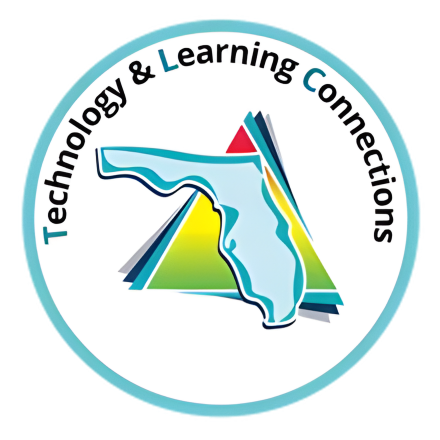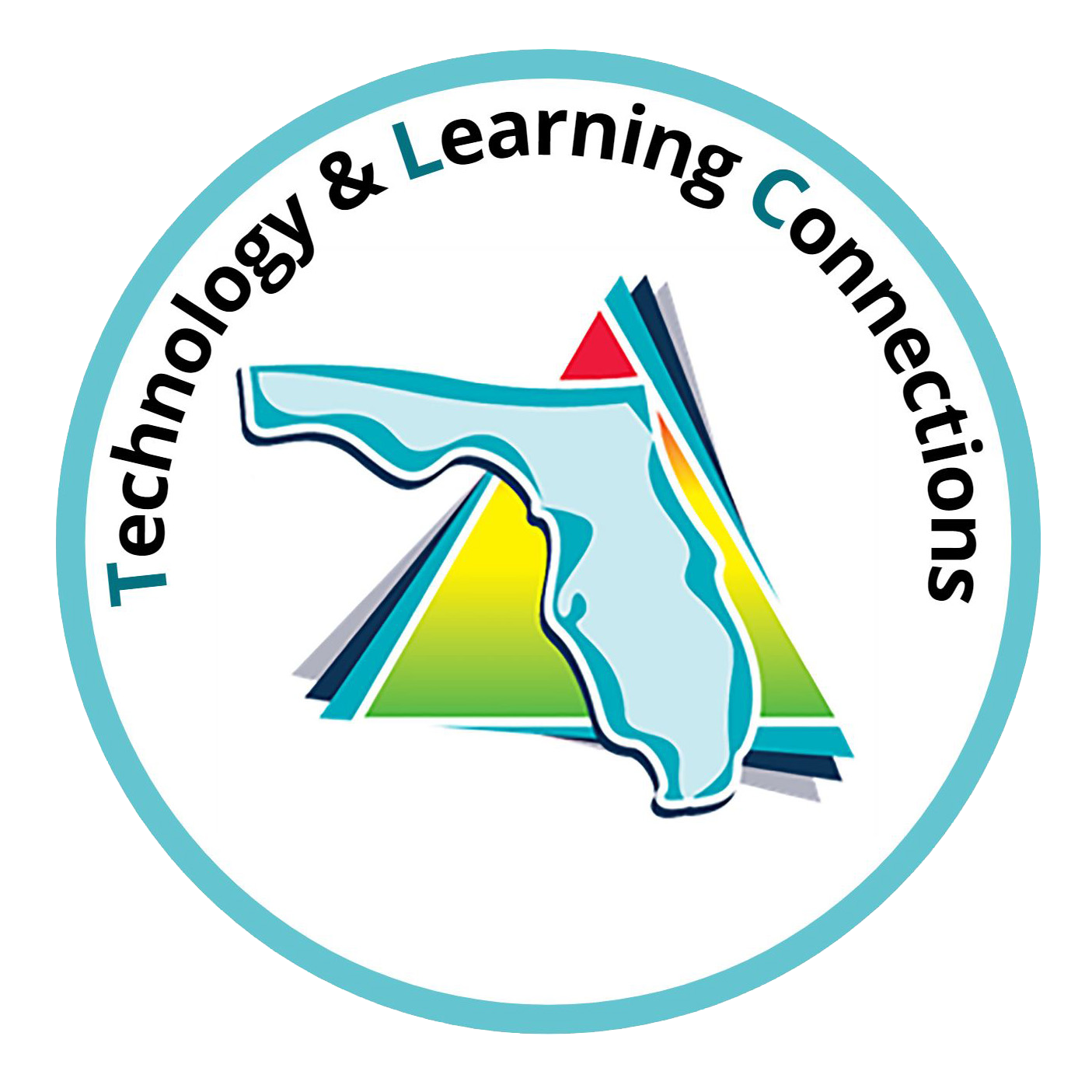AI Tools for Learning
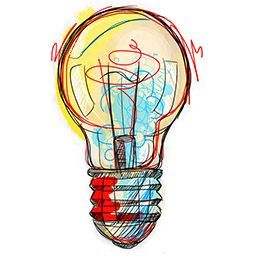
Imagine being able to give students a book that is connected to every other book; that can answer questions, write, do research, solve mathematical equations, create presentations, draw illustrations, and produce music. What would teaching look like with this type of intelligent device? How could this benefit students with print disabilities, dyslexia, traumatic brain injuries, orthopedic impairments, ADHD? What type of accommodation, assistive technology, and accessible educational materials discussions would IEP teams have?
AI chat technologies are based on large language models (LLM); complex algorithms that can analyze large knowledge datasets and recognize, summarize, and generate responses to questions and requests. Users can make requests using everyday language. The results can be incredibly varied.
- There are apps and services that can create answers, lists, outlines, paragraphs, jokes, stories, research papers, memos, letters, etc.
- There are apps and services that can create art, illustrations, charts, diagrams, photographs, and music.
- There are services that can intelligently transcript audio to text and can turn text into natural sounding speech, including a specific person's voice.
- There are apps that can create presentations based on the user prompt, finding the relevant information and illustrations and then creating all of the slides.
- And so much more.
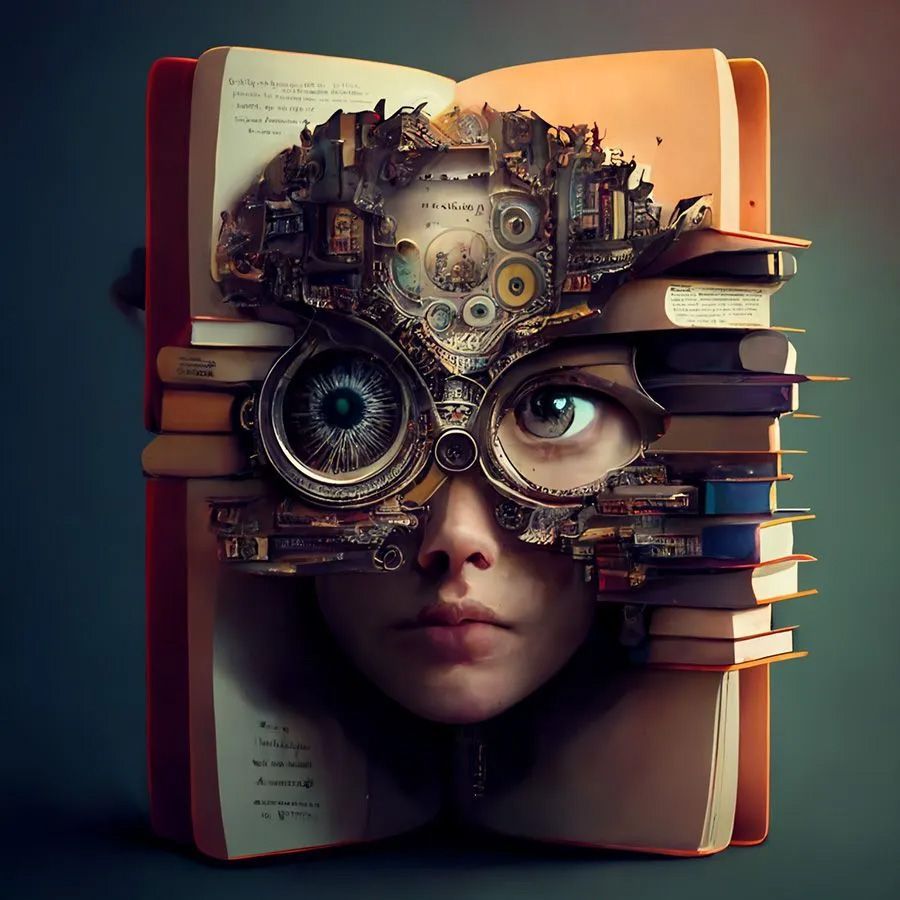
AI in the Classroom Data
Check out the results from the latest survey completed by the Walton Family Foundation on the use of AI and ChatGPT in the classroom.
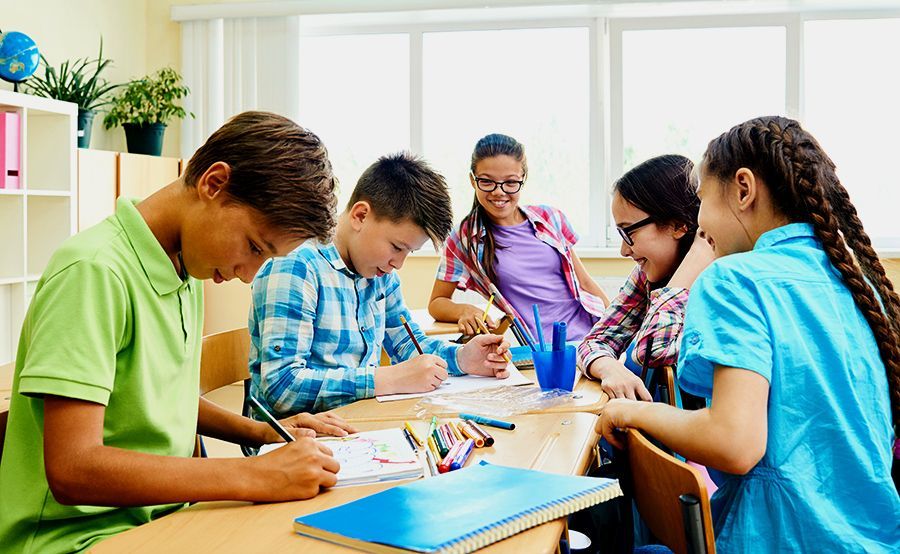
AI Agent for Designing Engaging Lesson Plans
This free Learning Design AI Agent Tool is designed to help anyone create rich and engaging lesson plans using ChatGPT.
AI Chat for the Classroom
Discover how to integrate the use of generative AI chat tools in the English Language Arts classroom.
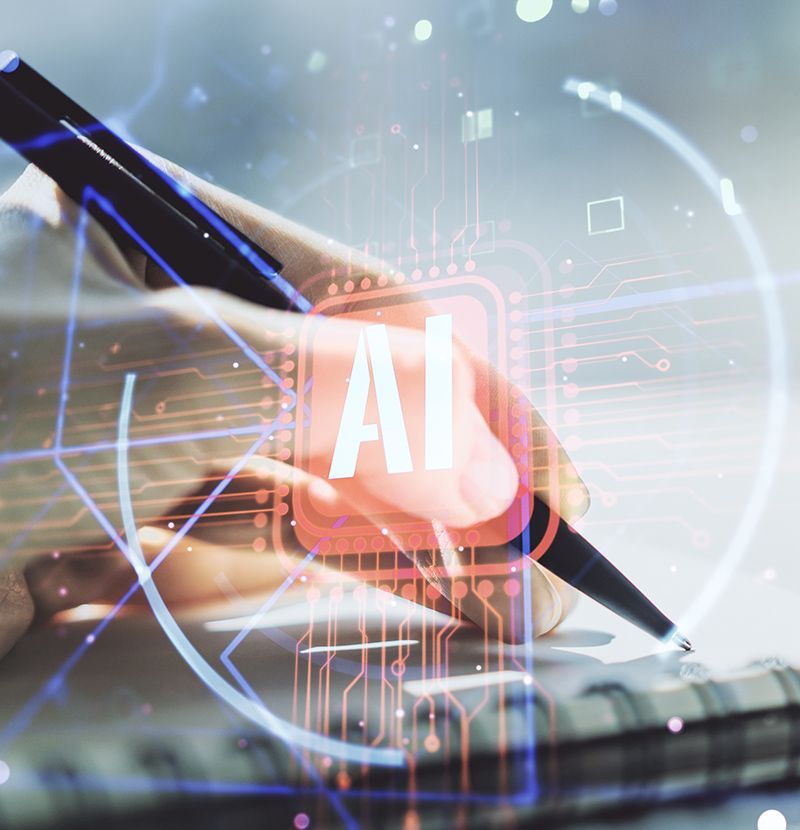
AI Artist for the Classroom
Discover how to integrate the use of generative AI art tools in the Visual Arts classroom.

